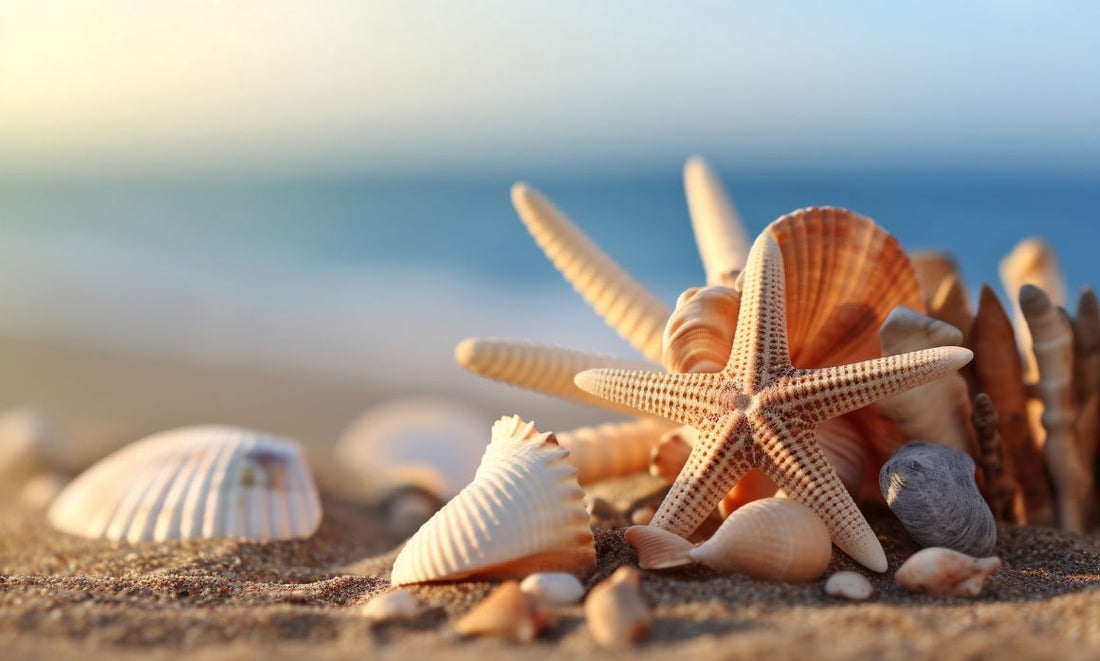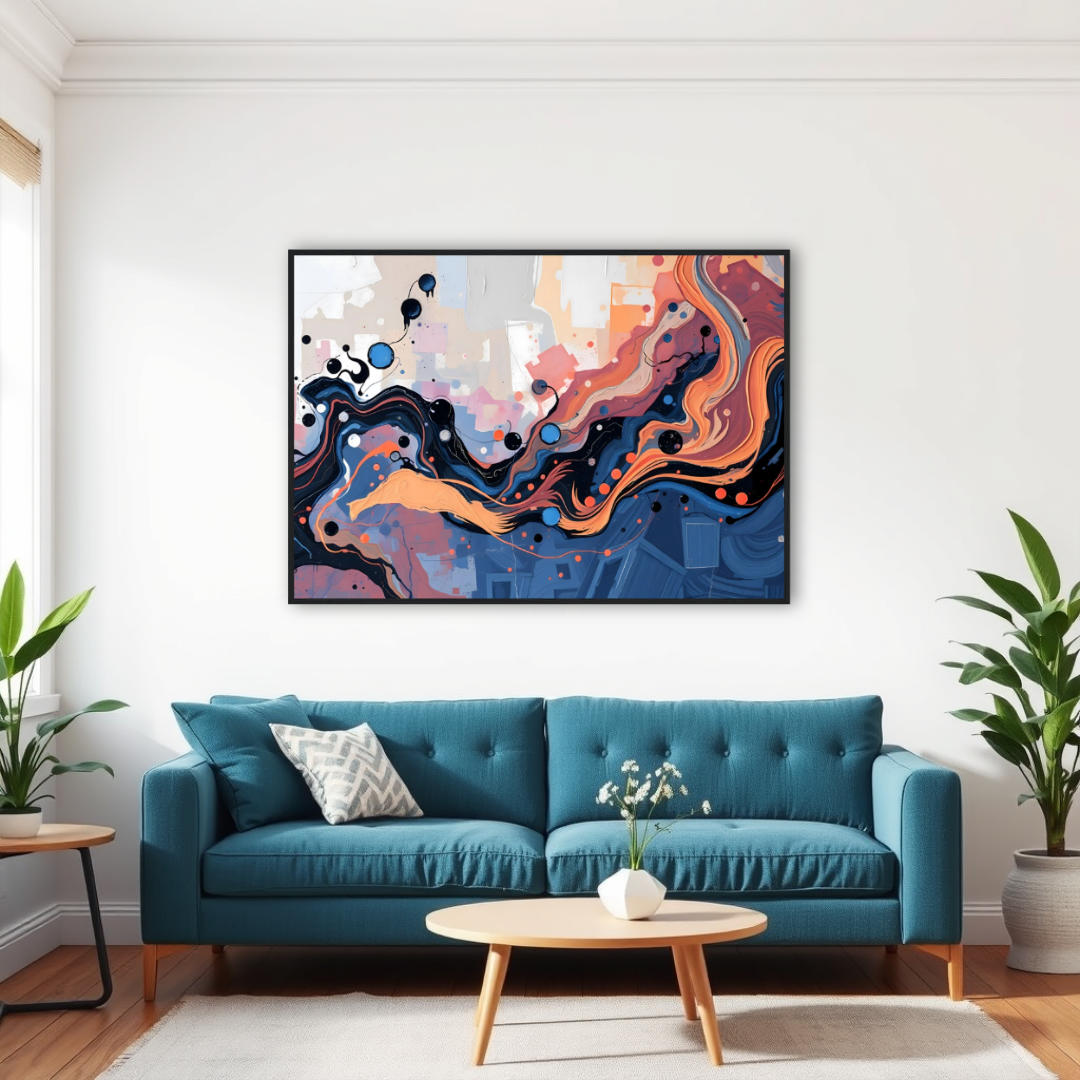In this article, we will delve into the profound relationship between supporting Canadian artists and the vital role they play in protecting and preserving the environment. We will explore how art serves as a powerful tool for environmental advocacy, fosters sustainable practices, and drives positive change. By encouraging and nurturing Canadian artists, we not only celebrate their creativity but also contribute to the advancement of environmental stewardship and awareness.
The Power of Art in Advocacy
Art as a Vehicle for Environmental Awareness
Art possesses a unique ability to transcend language barriers and communicate complex environmental issues to diverse audiences. Through powerful visuals, thought-provoking sculptures, and captivating performances, art can evoke emotions and prompt viewers to contemplate their impact on the environment. By creating awareness and empathy, art acts as a compelling vehicle for environmental advocacy, inspiring individuals to take conscious actions for the planet's protection.
Artists as Advocates for Change:
Canadian artists, as influential figures in society, have the opportunity to use their platforms to advocate for environmental causes. Many artists are passionate environmental activists who incorporate eco-conscious themes into their work, from paintings depicting the beauty of nature to sculptures made from recycled materials. Through their art, they can raise awareness, challenge environmental norms, and inspire positive environmental action.
Promoting Sustainable Practices Through Art
Artistic Representation of Nature and Beauty
Artists often draw inspiration from the natural world, portraying landscapes, wildlife, and ecosystems in their creations. By depicting the beauty of nature, they foster a deeper connection between people and the environment, reminding us of the importance of preserving these treasures for future generations. Through their art, they also encourage us to explore and appreciate the wonders of the natural world.
Art from Recycled Materials: A Sustainable Approach
In the pursuit of sustainability, some artists have embraced the use of recycled materials in their artwork. By repurposing discarded items and transforming them into meaningful pieces of art, these artists promote the principles of recycling and resourcefulness. This approach not only reduces waste but also highlights the potential for beauty and creativity in repurposed materials.
Art as a Catalyst for Social and Political Change
Environmental Art in Public Spaces
Public art installations and murals that address environmental issues are becoming more prevalent. By placing these artworks in accessible locations, artists can capture the attention of a broader audience, sparking conversations about environmental challenges and potential solutions. These installations serve as visual reminders of the importance of environmental conservation and the need for collective action.
Artistic Movements that Highlight Environmental Issues
Throughout history, various artistic movements have emerged to shed light on pressing social and environmental issues. From eco-art to environmental performance art, these movements have sought to provoke thought and inspire action. By participating in these artistic expressions, Canadian artists contribute to a global dialogue about sustainability and environmental protection.
Supporting Canadian Artists: Benefits and Impact
Boosting Local Economy and Artistic Community
Supporting Canadian artists through purchases and commissions has a direct positive impact on the local economy. It allows artists to continue pursuing their craft and contribute to the growth of the artistic community. Moreover, a thriving art scene attracts tourists and cultural enthusiasts, further benefiting the local economy.
Preserving Cultural Heritage and Identity
Canadian artists often draw inspiration from the country's rich cultural heritage and diverse landscapes. By supporting and preserving their work, we safeguard our cultural identity and heritage. Art serves as a representation of our history, values, and connection to the land, reinforcing the importance of protecting our natural environment.
Art and the Restoration of Natural Habitats
Art Projects for Habitat Restoration
Some artists collaborate with environmental organizations and communities to use art as a means of restoring damaged habitats. From reforestation projects to underwater art installations that serve as artificial reefs, these initiatives not only aid ecological restoration but also draw attention to the significance of preserving natural habitats.
Fostering Biodiversity and Ecosystem Conservation
Art can play a role in fostering biodiversity by drawing attention to endangered species and threatened ecosystems. Through their art, artists can highlight the delicate balance of nature and the importance of preserving biodiversity for the health of our planet. This emphasis on conservation contributes to a broader understanding of ecosystem dynamics and the need for protection.
The Intersection of Art and Science
Art as a Medium for Scientific Communication
Scientists and artists often collaborate to bridge the gap between scientific knowledge and public understanding. Through art, complex scientific concepts can be conveyed in accessible and engaging ways. Artistic representations of scientific data and discoveries serve as powerful tools for increasing environmental awareness and encouraging evidence-based decision-making.
Artists Collaborating with Environmental Scientists
Collaborations between artists and environmental scientists have led to innovative projects that merge science and art. By bringing together their respective expertise, they can create interdisciplinary works that inspire both creativity and informed environmental action. These partnerships foster a deeper appreciation for the interconnectivity between art and science in addressing environmental challenges.
Empowering the Next Generation of Artists and Environmentalists
Art Education for Sustainability
Incorporating environmental themes into art education empowers the next generation of artists to use their creative talents in support of sustainability. By encouraging students to explore environmental issues through art, educators nurture eco-consciousness and inspire a generation of artists committed to protecting the environment through their work.
Art as a Tool for Environmental Education
Art can be a powerful educational tool, particularly in engaging younger audiences in environmental topics. Through art installations, workshops, and school programs, artists can create immersive learning experiences that foster environmental literacy and inspire future environmentalists.
The Role of Government and Organizations
Funding and Supporting Environmental Art Initiatives
Government agencies, non-profit organizations, and corporations can play a pivotal role in supporting environmental art initiatives. By providing funding and resources, these entities enable artists to tackle ambitious projects that address pressing environmental challenges and promote sustainability.
Collaborations between Artists and Environmental NGOs
Partnerships between artists and environmental non-governmental organizations (NGOs) can lead to impactful awareness campaigns and creative initiatives. These collaborations amplify the messages of NGOs and connect their advocacy efforts with a broader audience through the power of art.
Artistic Initiatives Addressing Climate Change
Art as a Response to Climate Crisis
The urgency of the climate crisis has inspired many artists to use their creativity as a means of expressing the gravity of the situation. Climate change-inspired art reflects the fear, hope, and calls to action in the face of a changing climate. Through their work, artists motivate communities to take responsibility and advocate for sustainable solutions.
Climate Change Art Exhibitions and Installations
Art exhibitions and installations centred around climate change have gained prominence in recent years. These events bring together artists, scientists, policymakers, and the public to engage in meaningful conversations about climate change and envision a sustainable future.
Celebrating Indigenous Art and Environmental Wisdom
Indigenous Artists as Environmental Stewards
Indigenous artists have long held a profound connection with nature and are often seen as stewards of the environment. Through their art, they celebrate their relationship with the land and advocate for its protection. By supporting Indigenous artists, we honour their cultural contributions and promote a holistic approach to environmental conservation.
Art Reflecting Indigenous Knowledge of Nature
Indigenous art often reflects ancient wisdom and traditional knowledge about the natural world. These artistic expressions serve as powerful reminders of the ecological balance and respect for nature inherent in Indigenous cultures. By appreciating and preserving Indigenous art, we promote a broader understanding of sustainable practices and the significance of protecting the environment.
Art as a Medium for Emotional Connection to the Environment
Eliciting Empathy and Action through Art
Art has the capacity to evoke emotions and create a sense of empathy for the environment. By capturing the beauty of nature or depicting the consequences of environmental degradation, artists can awaken emotions that drive individuals to take positive actions for environmental protection.
Art's Influence on Sustainable Consumer Behaviour
Art can play a role in shaping consumer behaviour by encouraging sustainable choices. Through art installations, advertisements, and creative campaigns, artists can inspire people to adopt eco-friendly practices and support environmentally conscious products and services.
Art Therapy and Environmental Well-being
Art as a Therapeutic Outlet for Eco-Anxiety
The climate crisis and environmental challenges can lead to feelings of eco-anxiety and helplessness. Art therapy provides a valuable outlet for individuals to express their emotions and concerns about the environment, helping them process their feelings and find solace in creative expression.
Healing and Connecting with Nature through Art
Artistic experiences that involve immersion in nature can foster a sense of connection and healing. Through nature-based art workshops and retreats, individuals can deepen their bond with the environment, promoting emotional well-being and a renewed commitment to environmental protection.
Conclusion
Artists play a pivotal role in advocating for environmental protection and promoting sustainable practices. Their creative expressions evoke emotions, foster empathy, and drive positive change in society. By supporting Canadian artists and encouraging their dedication to environmental themes, we nurture a culture of artistic expression and environmental stewardship. Embracing art as a catalyst for change, we can forge a greener future and protect the environment for generations to come.
FAQs
1. Why is art essential in advocating for the environment?
Art has the power to communicate complex issues in a way that resonates with emotions and prompts action, making it a valuable tool for environmental advocacy.
2. How can supporting Canadian artists benefit the environment?
Supporting Canadian artists not only nurtures creativity but also contributes to the protection and preservation of the environment through their eco-conscious art.
3. What role does art therapy play in environmental well-being?
Art therapy provides a therapeutic outlet for individuals experiencing eco-anxiety and environmental grief, fostering emotional healing and connection with nature.
4. How can art collaborate with science to address environmental challenges?
Artists collaborating with scientists create compelling narratives that convey scientific information effectively, facilitating a broader understanding of environmental issues.
5. Why is celebrating Indigenous art important for environmental consciousness?
Indigenous art reflects ecological wisdom and emphasizes the importance of preserving nature, fostering a deeper connection between people and the environment.






